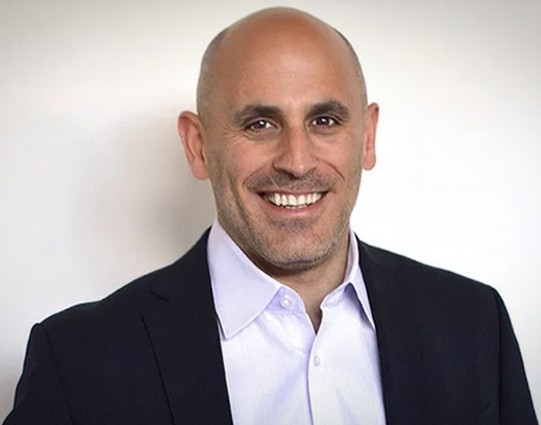Hoboken-based Jet Changes Its Business Model; Goodbye to Yearly Fee

Hoboken-based ecommerce startup Jet.com announced last week that it is changing its business model.
As founder Marc Lore explained at a NJ Tech Meetup in March, the company wanted to offer prices between 7 and 12 percent less than anywhere else on the Web, following a Costco-meets-Amazon model: excellent prices and an unlimited assortment of products.
Jet was supposed to make all of its income by getting millions of customers to pay a $50/year membership fee each and every year, with no income from the e-commerce transactions.
Now, all that has changed.
In a blog post on Medium called “Jet For All,” Lore said, “When we launched Jet, we envisioned a shopping club that would empower both consumers and retailers by exposing embedded costs and creating new ways to eliminate them….
“The response to Jet’s core value proposition has been stronger than we anticipated. With the average number of units per order twice what we expected, Smart Carts have been the rule, not the exception.
“Our customers are taking every advantage of our dynamic pricing engine to place orders that can be fulfilled at a lower cost and to have those efficiencies shared with them as savings. In turn, our retailers are reaching new customers while capturing more efficient and profitable orders.
“By enabling even more people to embrace this new way of shopping, we believe we can more fully realize our vision of a reshaped e-commerce landscape and deliver unprecedented value to consumers and retailers.”
In other words, Jet has found a way to make money from its e-commerce transactions through commissions from retailers, while still delivering savings to its customers and helping brands reach new customers.
In USA Today, Jet’s chief customer officer, Liza Landsman, said that the reason for the change was not concern that consumers wouldn’t pay for a membership, but, rather, the unexpectedly high adoption rate — “more than 50%” — of Smart Cart (which offers extra savings when multiple items can be shipped together).
“Like all marketplaces, we take commissions from retailers on items sold, and having an annual membership fee was going to allow us to pass all those commissions back to users in the form of additional savings,” she said in the article, which was penned by Marco della Cava.
“But we saw people diving into Smart Cart use in a bigger and faster way than we anticipated, so we ran the numbers and realized we could continue to offer consumers savings at between 4% on the low end and 17% on the high end without a membership.”
Landsman told USA Today that Jet had done $10 million in sales in August and $20 million in September. She also noted that the company was nimble enough to use the data collected during the first three months of operations to identify needed changes in the business model, and then to make those changes.
Lore added in his blog post, “We will also continue to advocate for our brand and retail partners. We’re building tools to help them sell smarter and drive greater volume and better profitability. We will strive to create an elevated shopping experience in which they’ll be proud to take part. Empowering our partners is central to Jet’s mission, and appealing to a wider customer base will enable us to do even more.”

